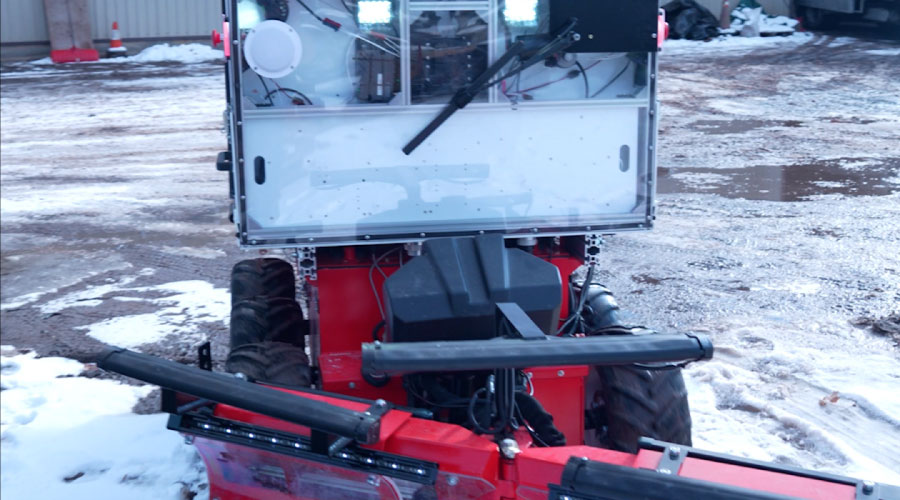Snow and Ice Removal: Deicing vs. Anti-icing
Along with the variety of equipment options, deicing and anti-icing chemicals can help managers ensure safe, snow-and-ice-free surfaces. Granular materials have become a popular and effective method for maintaining safe conditions during and after a storm. But to better manage snow and ice, managers need to understand the difference between deicing and anti-icing.
Deicing is the reactive application of ice-control products to driving or walking surfaces to melt existing snow and ice. Crews perform deicing after snow-removal operations to melt remaining snow and ice.
Anti-icing is the proactive application of melting products to driving or walking surfaces before a storm. Anti-icing helps prevent snow and ice from bonding to the pavement, allowing workers to clear the surfaces more easily. Anti-icing can create safe winter conditions and is a cost-effective alternative to deicing. Managers cannot rely on one method for deicing and anti-icing because each chemical and storm is different.
Sodium chloride is the most common deicer. But in very cold conditions — typically below 23 degrees — salt begins to lose its effectiveness and either is eliminated or overused to make up for reduced performance. Recent supply issues also make it more difficult to rely strictly on salt for deicing. A common practice is to mix sand and salt for deicing. Using sand is effective in improving traction, but it reduces the amount of salt workers can apply to an area. So less deicing occurs, while environmental concerns and clean-up costs associated with sand rise.
Calcium chloride (CaCl) is effective as an icemelter down to about minus-20 degrees. Cal-cium chloride is an exothermic salt, meaning it releases heat as it melts the ice. It melts ice faster than other common deicers, but it tends to attract moisture from the air even after melting the ice, causing pavements to remain moist. If the moisture refreezes, it creates icy conditions, and the ice expansion can cause surface damage. Wet-dry and freeze-thaw cycles lead to spalling, which means flaking or chipping. CaCl also can be more corrosive to metals, and it can cost more than other materials.
Magnesium chloride has many similarities to CaCl, including cost. It is exothermic and absorbs moisture from the air. This characteristic makes it fast-acting when applied as a solid and mixed with sand or salt. Crews also can spread it directly on pavement as a liquid before a storm arrives. In temperatures ranging from 15- to minus-20 degrees, it is more effective than NaCl but less effective than CaCl.
Evaluating equipment options and understanding ways to maximize the effectiveness of anti-icing and deicing materials are essential for the success of snow and ice removal plans. And while keeping occupants and visitors safe remains the top priority for managers, the environmental impact of snow and ice operations has joined the list of issues managers must understand and consider.
Brian Birch is the assistant executive director of the Snow & Ice Management Association (SIMA), in Milwaukee. Ellen Kobach is SIMA’s certification and communications coordinator.
Related Topics:















